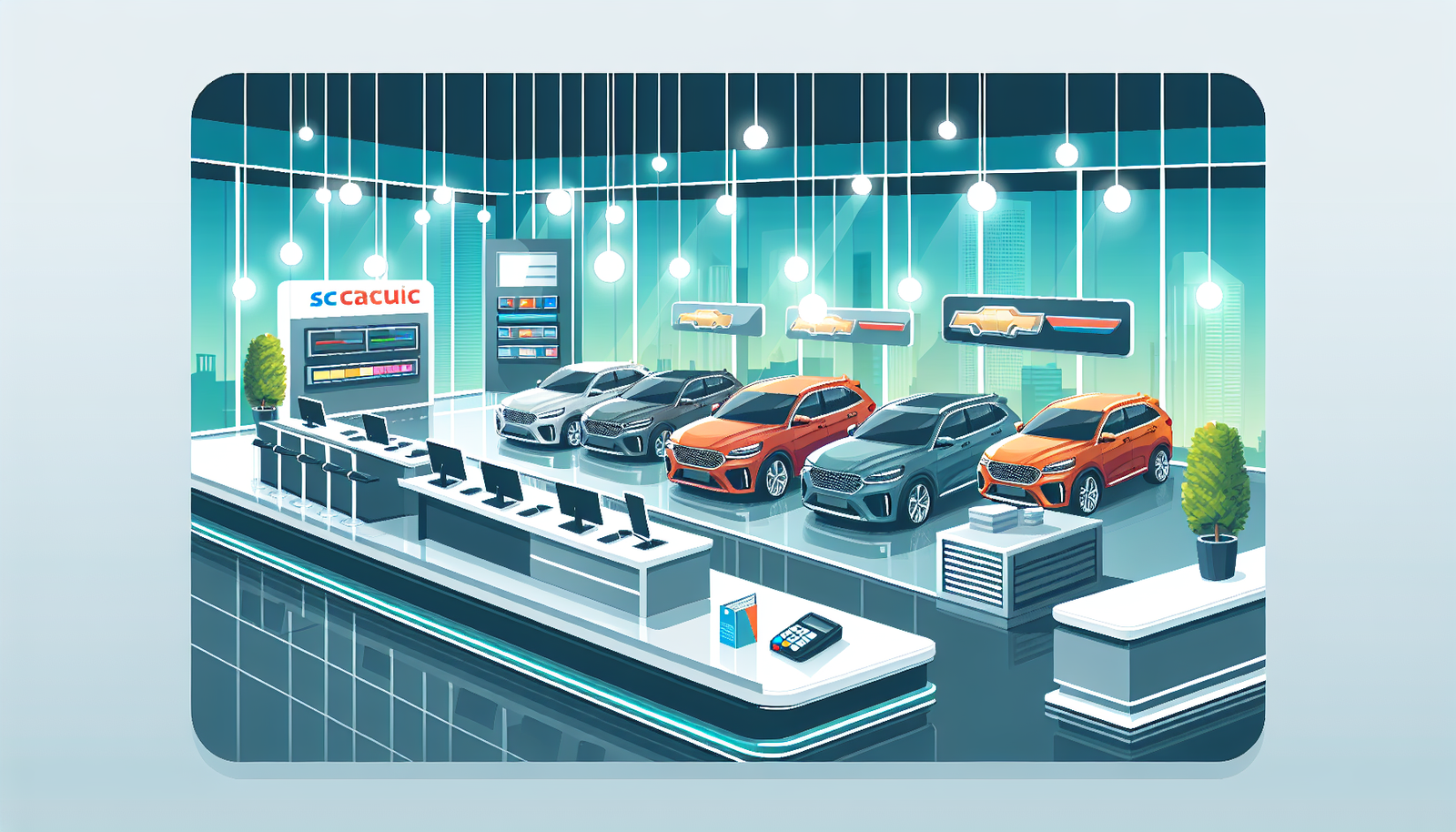
Deciding how to finance your next car? This guide compares dealer financing with bank loans, helping you save more.
Exploring Your Car Financing Options
So, you're eyeing that shiny new car, dreaming about the adventures you'll have together. But before you can hit the road, there's a not-so-fun hurdle to clear: financing. It's like choosing between chocolate and vanilla. Both have their perks, but which one is really the sweetest deal for your wallet?
Let's break down the two most common financing routes: dealer financing and bank loans. Each has its own set of advantages and challenges, and choosing the right one could save you a chunk of change. As someone who's been through this grind a couple of times, I'll share some insights that might just make your decision a tad easier.
What Exactly is Dealer Financing?
Ever walked into a dealership and seen those flashy signs promising 'easy financing'? That's dealer financing. In a nutshell, it's when the dealership offers to help you secure a loan. They act as a middleman between you and the lender, which is often an affiliated bank or a finance company.
Dealer financing can be super convenient. Imagine wrapping up the car purchase and the loan paperwork all in one spot. But convenience can come at a cost. Here's a quick look at the pros and cons:
- Pros: Convenience, promotional financing rates, sometimes easier approval.
- Cons: Higher interest rates, limited negotiation on terms.
Getting to Know Bank Loans
Now, stepping into a bank might not be as exciting as a car showroom, but when it comes to loans, they often mean business. A bank loan involves you getting financing directly from a bank or credit union. You'll need to apply, and they'll check your credit, but the terms can be more flexible and the rates more favorable.
Why consider a bank loan? Here are some points to ponder:
- Pros: Potentially lower interest rates, customizable loan terms, no pressure to buy add-ons.
- Cons: Requires good credit, more legwork needed.
Comparing the Costs: A Real-World Example
Let's put this into perspective with a real-world scenario. Suppose you want to buy a $25,000 car. Here's how the numbers could stack up with a dealer-financed loan versus a bank loan:
Type of Loan Interest Rate Total Cost Over 5 Years Dealer Financing 7% $29,500 Bank Loan 5% $28,250
While these numbers are hypothetical, they show that even a small difference in interest rates can lead to significant savings over time.
Which Should You Choose?
Making the right choice depends on your circumstances. If you qualify for a killer zero-percent financing deal through the dealer, it might be a no-brainer. But for most of us, especially if our credit isn't picture-perfect, a bank loan might end up being more cost-effective in the long run.
It's always a good idea to shop around and crunch some numbers before you decide. And remember, no matter which route you choose, negotiating is key. Whether it's the price of the car or the terms of your loan, a little haggling can go a long way.
Final Thoughts
Whether you go with dealer financing or a bank loan, the right choice is out there. Just make sure to take your time, do your homework, and think about what makes the most sense for you and your budget. Happy car hunting!
For more insights on car buying and financing, check out our [related: guide to choosing the right car] and [related: how to negotiate with car dealers].
